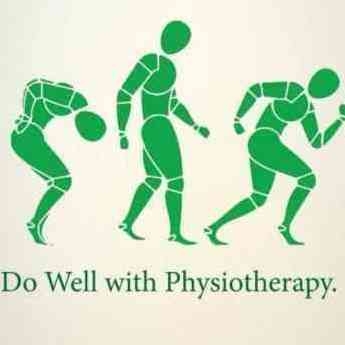+918042754929

This is your website preview.
Currently it only shows your basic business info. Start adding relevant business details such as description, images and products or services to gain your customers attention by using Boost 360 android app / iOS App / web portal.
MENISCUS OF THE KNEE & INJURY ⠀ The meniscus is a ...
MENISCUS OF THE KNEE & INJURY ⠀ The meniscus is a C-shaped tissue between your femur (thigh bone) and your tibia (shin bone). Each knee has a medial (inner side) meniscus and a lateral (outer side) meniscus. ⠀ The meniscus acts a shock absorber that helps optimize force transmission across the knee and protects the cartilage on the end of our femur and tibia. The medial meniscus is also a secondary stabilizer to the ACL as it can prevent anterior translation (forward shifting) of the tibia. ⠀ Patients with meniscus tears may present with pain and swelling. Additionally, they may have mechanical symptoms such as locking/catching/clicking ⠀ NOT ALL MENISCUS TEARS NEED SURGERY. A tear on an mri does not equate with requiring surgery. Surgery is indicated if you have mechanical symptoms such as catching and/or locking. Otherwise, you should try conservative management first. This includes NSAIDs (anti-inflammatories), physical therapy, and possibly, injections. If you fail conservative therapy and do not have arthritis, you may then be a candidate for surgery. ⠀ During meniscus surgery the goal is always to save as much meniscus as possible, but that is not always possible. Generally, we try to repair the meniscus in younger patients (<40), with more acute tears (<6 weeks), and depending on tear location and pattern (repair is much more successful if the tear is vertical and in the outer ⅓ of the meniscus). Additionally, in patients who are having an ACL reconstruction, repairs are more likely to succeed due to the bleeding created by the reconstruction. Tears in areas of poor blood flow and patterns that are not amenable to repair are more likely to be excised (cut out). ⠀ What happens to my knee if I lose my meniscus? The more meniscus you lose, the less protection your knee has from the force it faces. As a result, your knee will develop arthritis at a faster rate compared to your uninjured knee.

